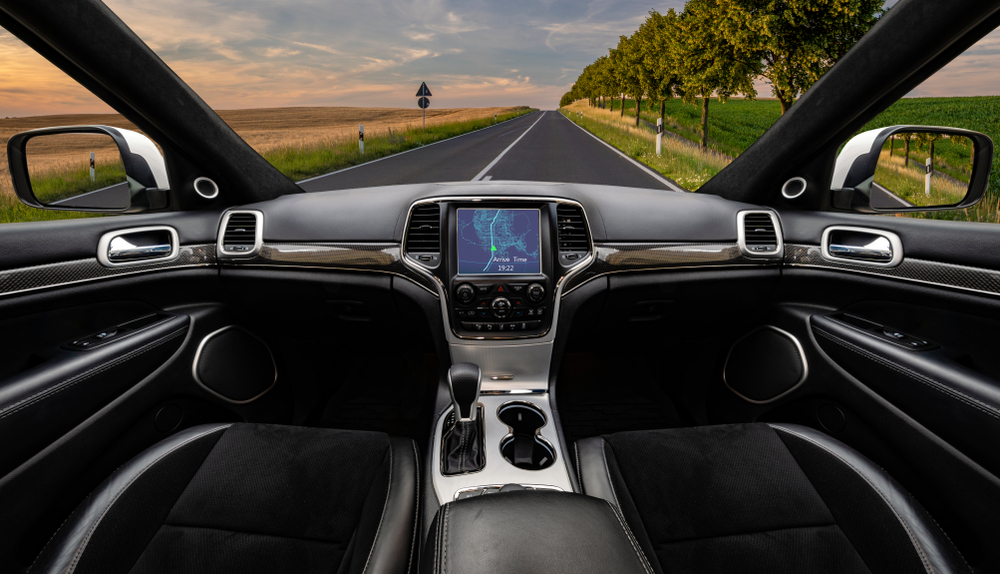
Litigation is nothing new for the auto industry. But recent lawsuits surrounding accidents involving self-driving vehicles show that Electronically Stored Information (ESI) is a key component in these cases, because modern cars collect enormous amounts of data, which can be used to determine the fault of accidents, whether it’s human or machine driver error, or some other design flaw in the automobile itself.
Self-driving cars continue to become a regular part of daily life. But like any new technology, flaws and user-errors become more apparent as they’re taken from the test bed to the real world. While we’re still years away from truly autonomous vehicles ruling the roads, the question that continues to come up with driver-assisted technologies is whether they protect us against human error, or if human reliance on technology makes drivers less competent.
The following cases show how self-driving cars (and the data they collect) will continue to highlight the role eDiscovery plays when it comes to the Internet of Things and all the new data sources that everyday devices create.
In March of 2018, pedestrian Elaine Herzberg was killed by one of Uber’s self-driving cars as she crossed a multi-lane road in Tempe, Arizona. The investigation included data from the car as well as dashcam video. While it was determined that the automatic braking system was turned off to avoid erratic driving conditions, the human driver, Rafael Vazquez, was found at fault for the death. Dashcam video showed Vasquez repeatedly looking down at her lap in the final minutes before the crash, including the five seconds before impact. Additional ESI provided from the driver’s Hulu account, shows that Vazquez was streaming the television show The Voice just before the crash. If the driver had been paying attention, the car’s data showed that the accident most likely could have been avoided.
In March 2019, Jeremy Banner’s Tesla Model 3 collided with a tractor-trailer that was crossing his path on a Florida highway. An investigation is currently underway, as his family is suing Tesla for wrongful death. A preliminary report from the National Transportation Safety Board revealed Banner turned on autopilot just before the crash, and the vehicle “did not detect the driver’s hands on the steering wheel.”
This incident is similar to a 2016 accident which killed 40-year-old Joshua Brown when a tractor-trailer crossed his path while he was using autopilot. Tesla said in that investigation that its camera system failed to recognize the white broadside of the truck against the bright sky. However, it was also found that Brown was not paying attention to the road, though the NTSB said a lack of safeguards contributed to his death.
Tesla and the 2-year-old Driver:
In this incident, Mallory Harcourt of Santa Barbara, claims that in December 2018, while unloading groceries from her Tesla Model X parked in the driveway, her two-year-old son jumped in the driver’s seat, and the car unexpectedly lurched forward, ultimately pinning her to the garage wall. Harcourt, who was pregnant, suffered a broken leg and pelvis, and went into labor, which led to the premature delivery of her daughter.
The plaintiff and defendant are in agreement that the vehicle was shifted from Park into Drive. Because the Model X (and older Model S) don’t have a driving-facing camera like the Model 3, Tesla can’t confirm how this happened. But the car’s data does confirm that “the brake pedal was released shortly after the vehicle was put into Drive, and the accelerator pressed for the following seven seconds, interrupted briefly by application of the brake pedal.” The impact occurred with the left rear door still open and prior to an application of the brake pedal heavy enough to activate the anti-lock brakes.
There have been other lawsuits against Tesla for “unintended acceleration” but none have been won.
Conclusion:
What is clear from each of these cases is how vital the role of ESI collected from vehicles and periphery devices is when determining cause and liability. In these cases, the combination of video, car data (indicating things as detailed as how long acceleration and brakes were applied, whether someone was in the driver’s seat or their hands were on the wheel, whether a door was open, and when impact occurred), and ESI from other devices such as a tablet or a driver’s Hulu account, were all part of the investigations. As the Internet of Things continues to grow, items that were once merely mechanical devices – phones, cars, refrigerators, etc. – are now repositories of electronic evidence. And should litigation arise, the data they contain must be made discoverable.
These scenarios involving self-driving cars may not fall under the day-to-day operations of most law firms, but they do highlight new examples of how electronic data is collected during litigation (which is eDiscovery). In the same way that email data was still a novel source of evidence 15 years ago or social media data was the new ESI 5 years ago, IoT data will continue to be requested, and legal teams will have to respond.


